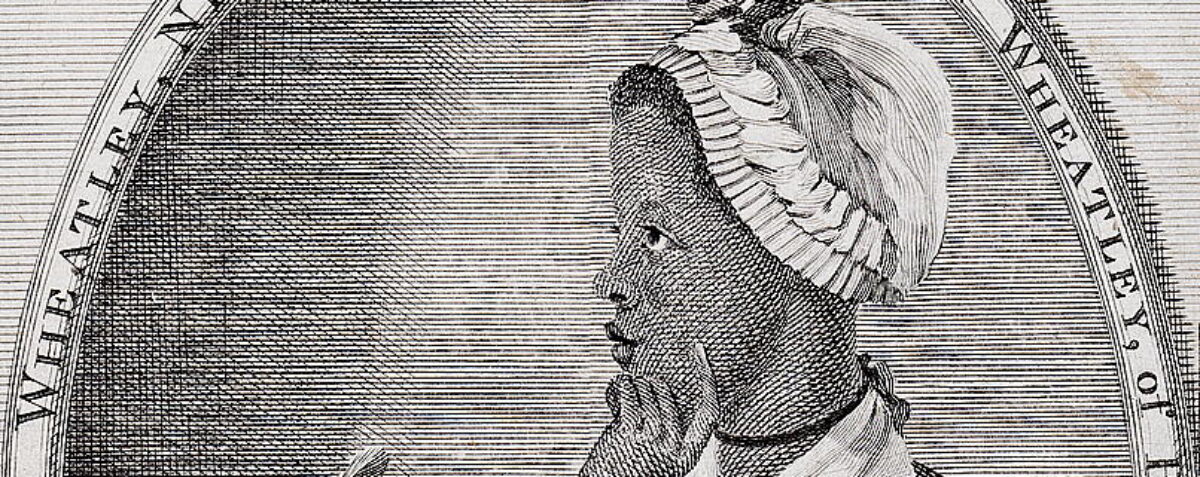When the first issue of The Tatler appeared in London on April 12, 1709, it looked for all intents and purposes like a typical newspaper of the period; a single page densely printed on both sides (to save paper), with news reports from correspondents in various places and a number of advertisements on the back page. A closer look immediately revealed, though, that this journal was something new. The correspondents here were not writing from the capitals of other European cities, as was normal for papers like the London Gazette or the Daily Courant. Rather, they were reporting from various coffee- and chocolate-houses in London: White’s, Will’s, the Grecian, the St. James, etc. From each place came news, gossip, political debate, discussion about the theater, literature, clothing–the stuff of everyday life in a large city. London now, the implication was, could be considered to be a world unto itself. Unlike other newspapers, which were issued anonymously or, in the case of the London Gazette, the official government newspaper, issued simply “by authority,” this one had an identified author: Isaac Bickerstaffe. Here The Tatler was picking up on a name and a joke that had started the previous year, when Jonathan Swift had published a pamphlet under that name that mocked the spurious authority of John Partridge, the publisher of another popular form of print publication in that period, an almanac. “Isaac Bickerstaff” was a fictional person, a mask behind which the real, human authors of the journal would publish what Bickerstaff called their “lucubrations,” the things they wrote in the penumbra of light given off by the candles on their writing-tables. The author of this first issue was Richard Steele, the former editor of the London Gazette, who was here inventing something new, a journal of opinion and entertainment aimed squarely at the emergent cohorts of middle-class, aristocratic, and genteel readers who wanted more than just the official news. As time went on, other writers such as Jonathan Swift and Joseph Addison would join Steele. The journal, which continued to be published on Tuesdays, Thursdays, and Saturdays, the same days that the mail left London for the provinces, was an immediate hit and created hundreds of imitators and successors. As critics have long pointed out, Steele was combining elements that were already an established part of the print culture of his day, but there is a a real sense in which The Tatler‘s clever synthesis, appropriation, extension and parody of these elements created a new form of journalism that has endured to the present.
The Tatler was published until 2 January 1712, with 271 issues in all. After the first 64 issues, Steele dropped the sections where he reprinted actual news of the day, leaving that to the other newspapers and focusing more kinds of things that readers had responded to, the gossip and opinion sections. The journal began to incorporate letters from its readers, creating a feed-back loop of information exchange. The journal was gathered up and reprinted in bound volumes almost immediately, and continued to be printed in this way for the next century and a half (at least). Here we print a small number issues individually, to get the sense of reading them as discrete, singular objects as well as part of a larger whole.
The_Tatler_April_12_1709_Issue_1_p.1

